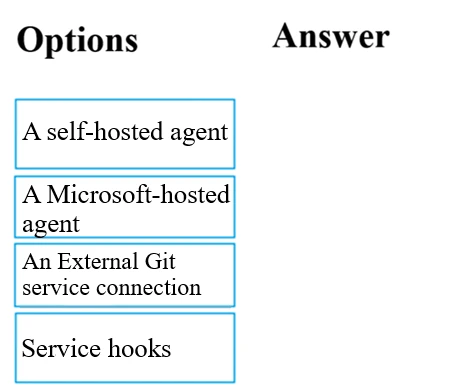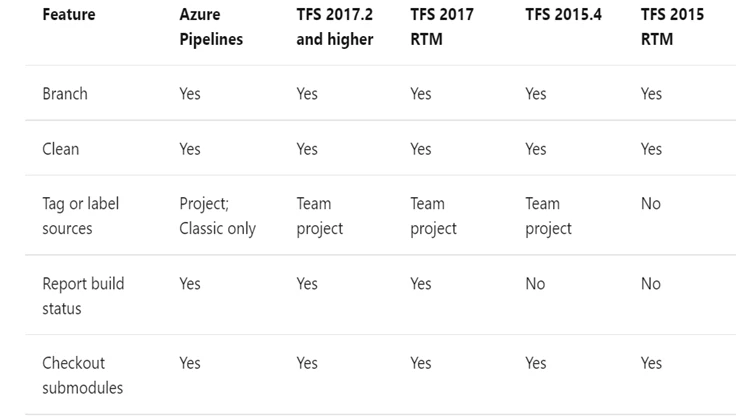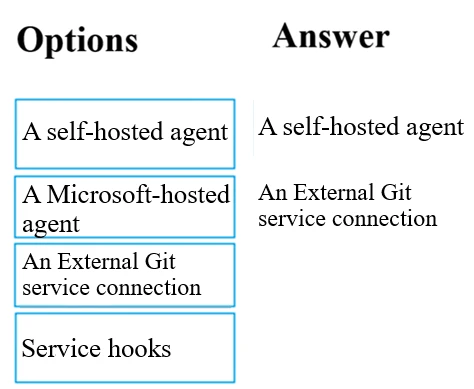You have an on-premises Bitbucket Server with a firewall configured to block inbound Internet traffic. The server is used for Git-based source control.
You intend to manage the build and release processes using Azure DevOps. This plan requires you to integrate Azure DevOps and Bitbucket.
Which of the following will allow for this integration? Answer by dragging the correct options from the list to the answer area.
Select and Place:


